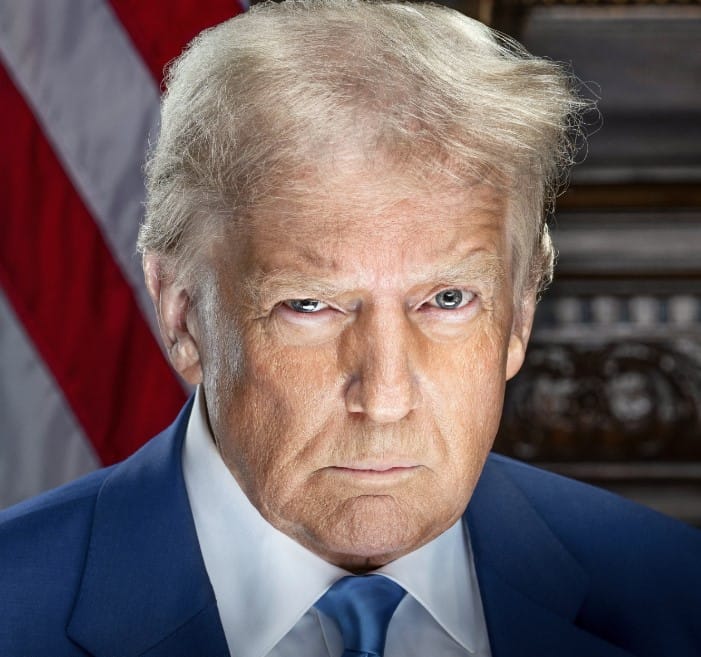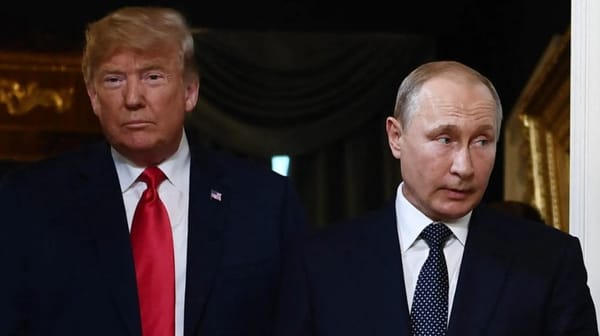Trump: The First 100 Days. What Has He Done?

Introduction
President Donald Trump’s return to the White House on January 20, 2025, marked the beginning of a highly active and tumultuous first 100 days. During this period, Trump signed an unprecedented number of executive orders, memorandums, and proclamations-totaling approximately 139 executive orders, 42 memorandums, and 39 proclamations-aimed at rapidly advancing his America First agenda. His administration pursued sweeping changes across immigration, trade, federal workforce management, deregulation, and foreign policy, often pushing the boundaries of presidential authority and sparking numerous legal challenges.
This report provides a comprehensive overview of Trump’s most significant executive actions and policy initiatives during his first 100 days, highlighting their scope, impact, and the controversies they generated.
I. Executive Orders: A Record-Breaking Pace and Bold Ambitions
President Trump’s 139 executive orders in his first 100 days exceed the pace of any recent president and echo the urgency of Franklin D. Roosevelt’s New Deal era. These orders have reshaped federal policy in key areas:
1. Immigration and Border Security
- Mass Deportations and Sanctuary City Crackdown: Trump signed multiple orders to expand immigration enforcement, including ramping up deportations of undocumented immigrants, targeting sanctuary cities, and expanding detention capacity. He ordered the reopening and full operation of the Migrant Operations Center at Guantanamo Bay to detain high-priority criminal aliens.
- Border Wall and Enforcement: The administration resumed construction of the U.S.–Mexico border wall and reinstated migrant protection protocols to reduce illegal crossings.
- Visa and Refugee Restrictions: Orders suspended the U.S. Refugee Admissions Program, delayed TikTok enforcement, and tightened visa vetting, including revoking protections for foreign students involved in political activism.
2. Trade and Tariffs
- Tariff Expansion: Trump imposed sweeping tariffs, including a 25% tariff on all automotive imports and tariffs on Venezuelan oil imports by third-party countries. These tariffs aimed to protect American industries and reduce trade deficits but raised prices for consumers and strained international relations.
- Trade Policy Framework: The administration issued an America First Trade Policy memorandum, emphasizing protection of domestic industries and supply chains.
3. Federal Workforce and Government Efficiency
- Department of Government Efficiency (DOGE): Trump established DOGE, led by Elon Musk, to root out waste, fraud, and excessive regulations across federal agencies.
- Federal Workforce Reductions: The administration enacted policies to reduce the size of the federal workforce, including a hiring freeze with exceptions for key personnel and a “deferred resignation” program offering severance to federal employees.
- Procurement Reform: Executive orders aimed to streamline federal procurement, reduce costs, and remove unnecessary regulations from acquisition processes.
4. Deregulation and Environmental Policy
- Energy Policy: Trump revoked numerous Biden-era climate orders, dissolved the American Climate Corps, and promoted fossil fuel development on federal lands and waters.
- Electric Grid Security: An order empowered the Department of Energy to issue emergency orders to prevent grid failures amid rising demand.
- Offshore Wind and Infrastructure: The administration paused offshore wind projects and prioritized water infrastructure improvements, particularly in California.
5. Civil Rights and Social Policy
- Anti-Semitism: Trump signed an order strengthening enforcement against anti-Semitic harassment and violence, responding to a surge in incidents following the 2023 Hamas attacks on Israel.
- Gender and Education: Orders defined gender as a binary male-female concept and sought to dismantle Department of Education programs promoting diversity, equity, and inclusion (DEI), returning authority to states and local communities.
- School Discipline: The administration reinstated “common sense” discipline policies in schools, reversing Biden-era guidance.
II. Presidential Memorandums: Targeted Policy Adjustments
In addition to executive orders, Trump issued 42 memorandums addressing specific policy areas:
- America First Trade Policy: Reinforced the administration’s commitment to protecting U.S. industries.
- Federal Hiring Freeze: Instituted a 90-day freeze on federal hiring, with exceptions for military and essential personnel.
- Remote Work Ban: Required federal employees to return to in-office work, ending pandemic-era remote work policies.
- Regulatory Review: Directed agencies to pause new regulations until reviewed for alignment with administration priorities.
- Water Infrastructure: Restarted efforts to reroute water in California’s Sacramento–San Joaquin Delta.
- Emergency Price Relief: Implemented measures to address inflationary pressures on consumers.
- Security Clearances: Created a list of personnel eligible for top-secret security clearances for six months.
III. Legislative and Policy Milestones
- Laken Riley Act: Passed to enhance oversight of federal spending and reduce waste.
- Continuing Appropriations: Congress passed measures to fund the government amid budget negotiations.
- Tariff Implementation: The administration imposed tariffs on a broad range of imports, including a 25% tariff on automotive goods and tariffs targeting Venezuelan oil imports through third countries.
IV. Legal Challenges and Controversies
Many of Trump’s executive actions have faced immediate legal challenges:
- Federal Court Injunctions: Several orders, including those targeting sanctuary cities and immigration enforcement, were blocked or delayed by federal courts.
- Judicial Criticism: Judges have expressed frustration with the administration’s compliance and transparency, leading to heightened tensions between the executive branch and the judiciary.
- Congressional Pushback: Some Republicans and Democrats have criticized the administration’s aggressive use of executive power, warning of constitutional overreach.
V. Foreign Policy and National Security
- Withdrawal from International Agreements: The administration continued the process of withdrawing from the World Health Organization and the Paris Climate Accord.
- Designation of Foreign Terrorist Organizations: Expanded to include international drug cartels.
- Border Security Enhancements: Increased deployment of federal law enforcement and military assets to secure the southern border.
VI. Economic Impact and Public Reception
- Tariff Effects: Tariffs have contributed to rising consumer prices, supply chain disruptions, and market volatility.
- Federal Workforce Cuts: Layoffs and hiring freezes have created uncertainty among government employees.
- Public Opinion: Polls show mixed reactions, with strong support among Trump’s base but growing concern among independents and Democrats about the administration’s direction.
Conclusion
President Trump’s first 100 days in his second term have been marked by an unprecedented flurry of executive actions and policy shifts. His administration has aggressively pursued an America First agenda, reshaping immigration enforcement, trade policy, federal workforce management, and environmental regulation. While these efforts have energized his supporters, they have also sparked significant legal challenges, political opposition, and public debate about the limits of presidential power and the future direction of the United States.
As the administration moves beyond its initial 100 days, the effectiveness and consequences of these sweeping changes will continue to be closely scrutinized by lawmakers, courts, businesses, and the American public.




